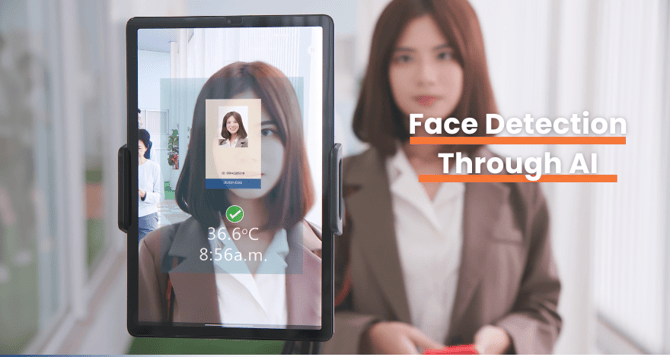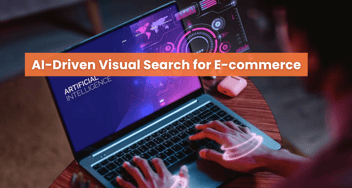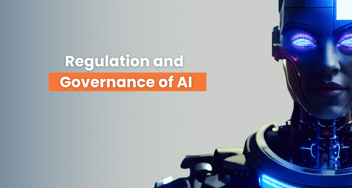Face Detection Through AI: Transforming Visual Data Analysis
Explore the transformative power of AI in face detection for visual data analysis. This article covers AI advancements, algorithms, and applications, showcasing its revolutionary impact across industries.

In an era of unparalleled data accessibility and technological progress, artificial intelligence (AI) is advancing dramatically across a range of fields. Face detection is one of the most remarkable uses of AI in computer vision; this technology has transformed a variety of industries, including security and photography. In this piece, we explore the intriguing field of face detection using artificial intelligence (AI), including its uses, difficulties, and underlying technology.
Understanding Face Detection:
Finding and identifying human faces in digital photos or video frames is known as face detection. Face detection is the process of identifying the presence and location of faces in a given visual dataset, as opposed to facial recognition, which attempts to identify specific individuals. This technology serves as the basis for numerous AI-driven services and applications, enabling tracking, analysis, and even the recognition of emotions.
Applications of Face Detection:
Face detection finds extensive use in many different fields:
Security:
Face detection is used in the field of security for identity verification, access control, and surveillance. Face detection is used by banks, smartphones, and airports to improve security.
Photography:
To get the best focus, exposure, and other settings for portraiture, a lot of contemporary cameras and cellphones use face detection.
Social media:
To make sharing and tagging of photos easier, social media platforms use face detection to identify and tag users in photos.
Healthcare:
By analyzing facial features, face detection can help detect certain medical conditions and be used for patient monitoring.
Marketing:
Companies use face detection to measure customer engagement and reactions, which aids in the planning and assessment of marketing campaigns.
Challenges in Face Detection:
Face detection is not without its challenges:
Variability:
The sizes, shapes, and orientations of faces vary. Accessories, facial hair, and even external elements like lighting can mask them.
Real-time Processing:
Face detection in applications such as video surveillance must be done in real-time, necessitating the use of very effective hardware and algorithms.
Privacy Concerns:
Face detection presents privacy issues, just like any technology involving personal data. Finding the right balance between privacy and usefulness is a constant struggle.
Technology behind Face Detection:
Usually, deep learning—a branch of machine learning—is used to achieve AI-based face detection. Modern face detection systems are largely based on Convolutional Neural Networks (CNNs). CNNs can recognise patterns and shapes connected to faces by performing a hierarchical analysis of an image's features.
The models and tools required for face detection are provided by specialized frameworks like Single Shot MultiBox Detector (SSD) and MTCNN (Multi-task Cascaded Convolutional Networks), as well as by open-source libraries like OpenCV. The accuracy of these frameworks can be increased by adjusting them for particular applications or domains.
Conclusion:
Our interactions with digital visual data have changed dramatically as a result of face detection using AI. Its uses are numerous, ranging from improving security to simplifying photography.
Transform Ideas into Reality with Our AI Solutions!
From concept to deployment, we bring your vision to life through advanced AI development. Reach out to our experts to discuss your project!
Despite challenges like privacy concerns and the need for real-time processing, improvements in face detection technology persist due to advances in AI and deep learning. OpenAI development services are at the forefront of this progress, contributing to the expectation of more advanced and precise face detection systems in the future. As AI research evolves, its applications will expand, influencing various industries.













